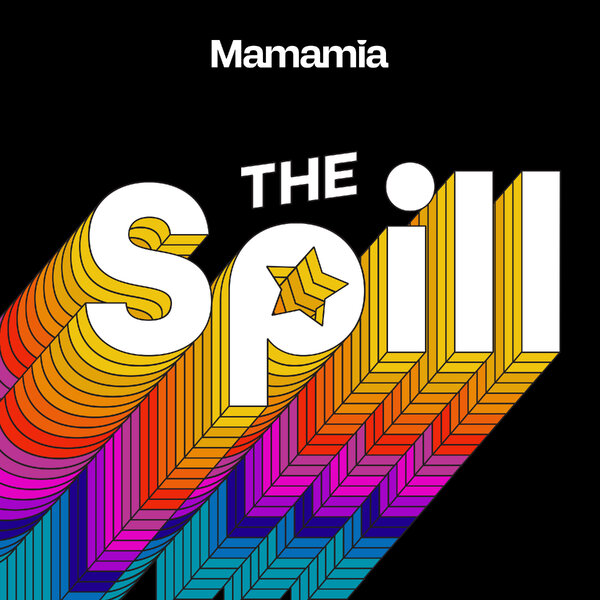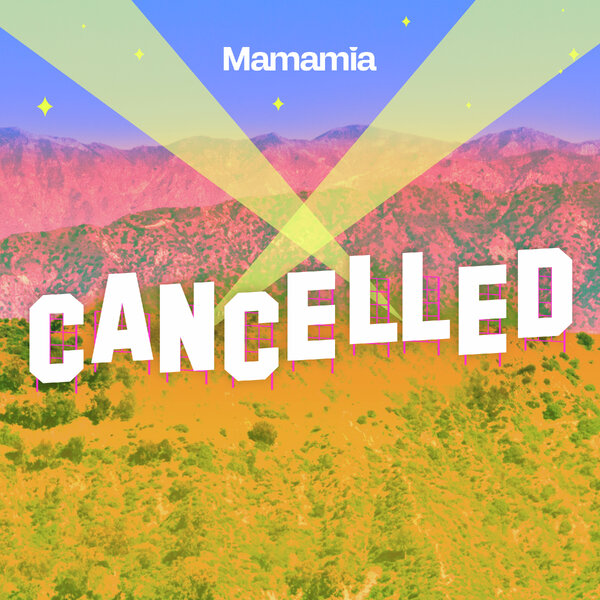by KATE HUNTER
Have you ever wondered why authors thank their editors? I know I did. Until I wrote a book – or rather, I wrote some stories. An editor and a publisher turned them into books. Even now, I’m not quite sure how they did it, and there are three books in the world with my name on the spine. Who could have imagined?
The Mosquito Advertising series is about a bunch of kids who start their own advertising agency. Katie (really stretched myself there) and her mates are 13, argumentative, resourceful and largely unsupervised. They watch too much TV, are addicted to Barbecue Shapes and will wag school if business demands it. Their parents and teachers are peripheral characters in their lives.
One reviewer described Mosquito Advertising as, ‘The Famous Five Meets Gruen Transfer.’ I was chuffed. I love Enid Blyton and Wil Anderson equally. Interestingly, they’re both a bit fucked up, with little regard for rules. I wonder if there’s something in that?
Since I became a children’s author (a title I dislike – I prefer ‘writer’) I’ve started going to courses and seminars and reading books about writing. Nothing like a publishing deadline to make you realize how little you know.
So only recently have I learned there are RULES for writing children’s fiction.
And, oops, I broke almost every one.






























































































